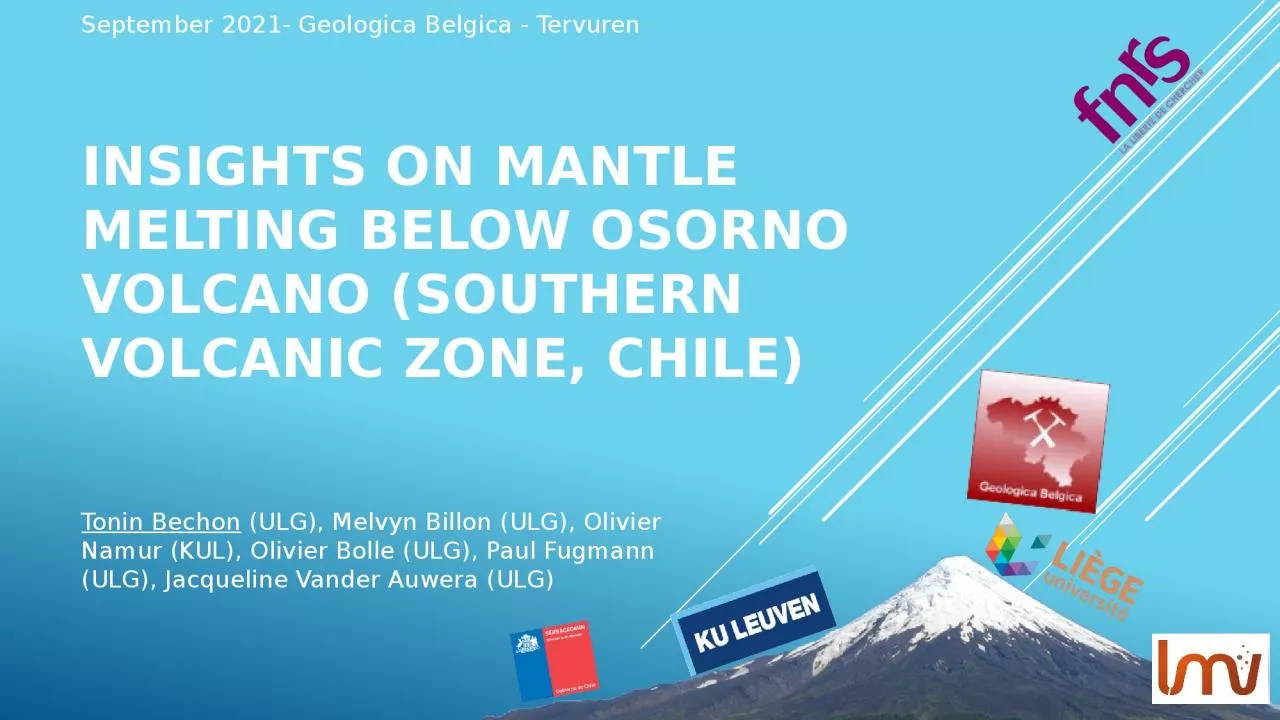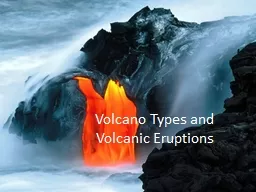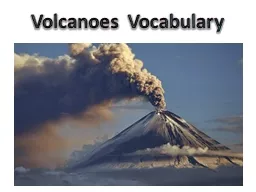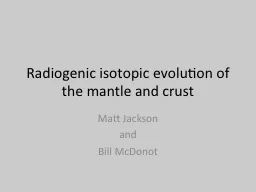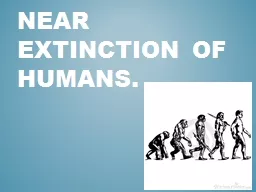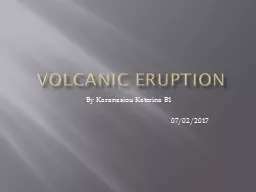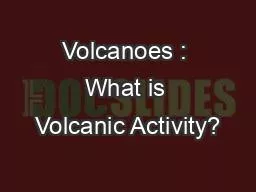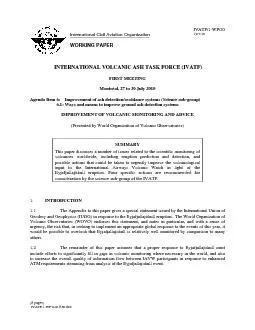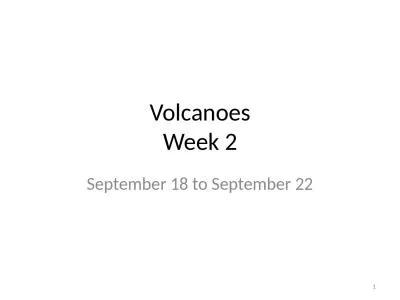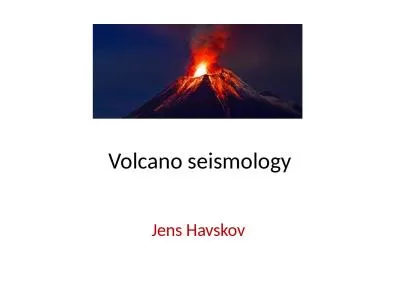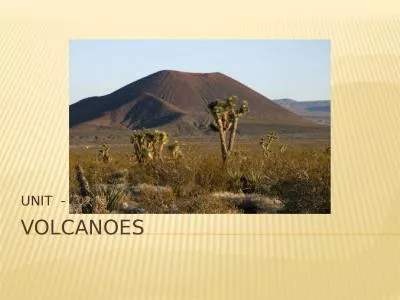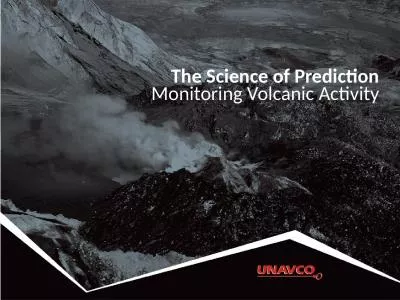PPT-Insights on mantle melting below Osorno Volcano (Southern Volcanic Zone, Chile)
Author : jasmine | Published Date : 2024-02-02
September 2021 Geologica Belgica Tervuren Tonin Bechon ULG Melvyn Billon ULG Olivier Namur KUL Olivier Bolle ULG Paul Fugmann ULG Jacqueline Vander Auwera
Presentation Embed Code
Download Presentation
Download Presentation The PPT/PDF document "Insights on mantle melting below Osorno ..." is the property of its rightful owner. Permission is granted to download and print the materials on this website for personal, non-commercial use only, and to display it on your personal computer provided you do not modify the materials and that you retain all copyright notices contained in the materials. By downloading content from our website, you accept the terms of this agreement.
Insights on mantle melting below Osorno Volcano (Southern Volcanic Zone, Chile): Transcript
Download Rules Of Document
"Insights on mantle melting below Osorno Volcano (Southern Volcanic Zone, Chile)"The content belongs to its owner. You may download and print it for personal use, without modification, and keep all copyright notices. By downloading, you agree to these terms.
Related Documents

